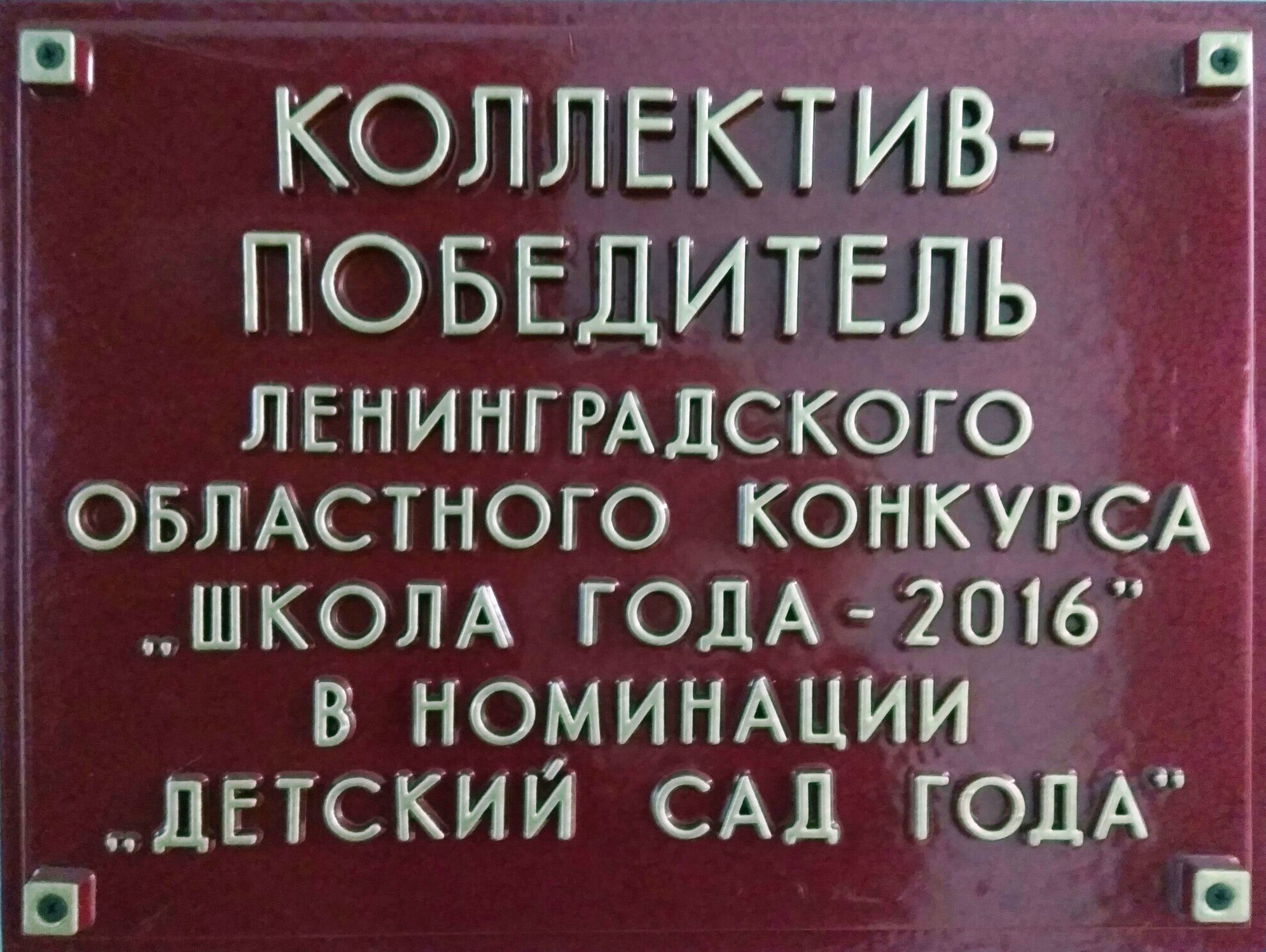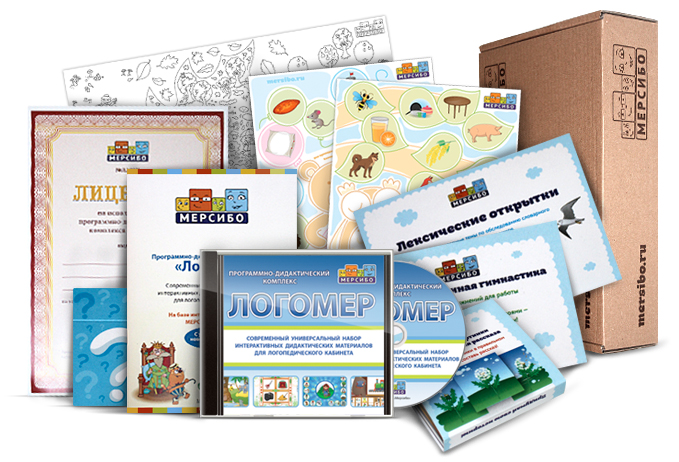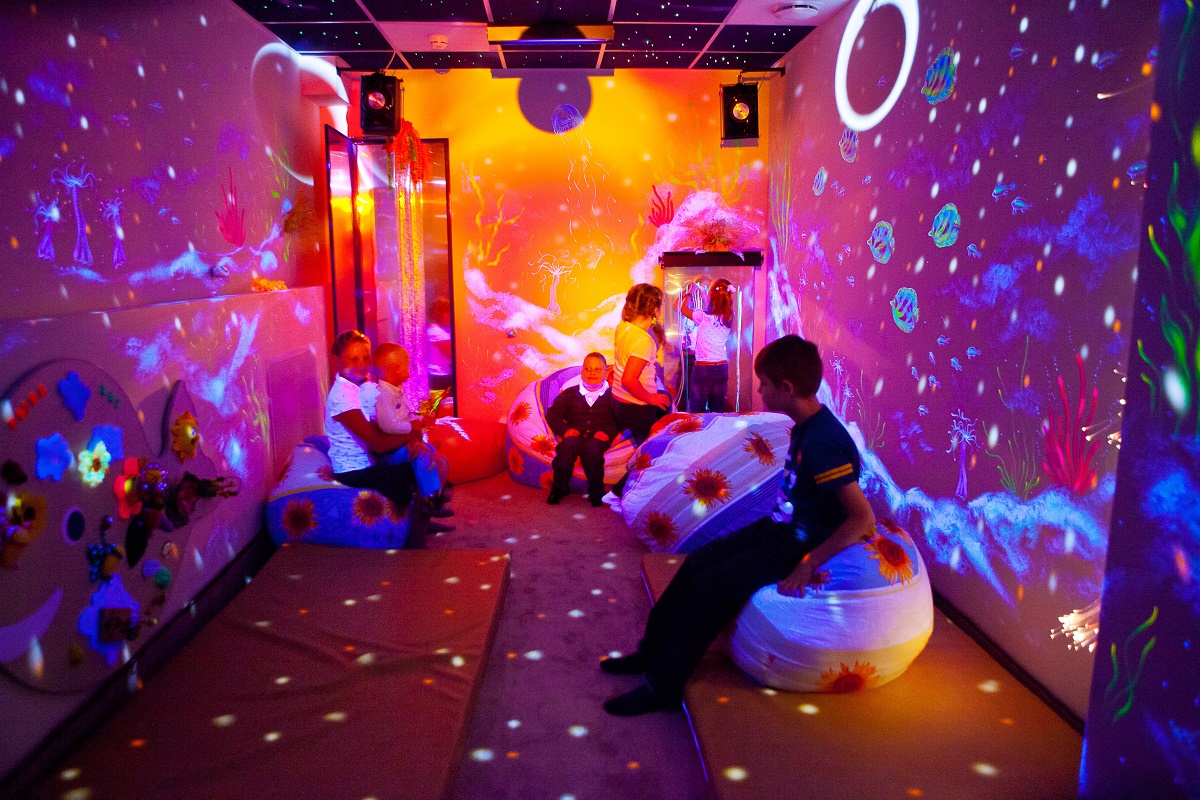A single cell is often a complete organism in by itself, like a bacterium or yeast. Other cells purchase specialized capabilities as they mature. These cells cooperate with other specialised research proposal topics in sociology cells and turn into the putting together blocks of enormous multicellular organisms, this kind of as individuals and various animals. Despite the fact that cells are much much larger than atoms, they are really however incredibly smaller. The smallest known cells undoubtedly are a group of little bacteria described as mycoplasmas; some of these single-celled organisms are spheres as compact as 0.two ?m in diameter (1?m = about 0.000039 inch), by using a complete mass of 10?14 gram?equal to that of 8,000,000,000 hydrogen atoms. Cells of people normally have got a mass 400,000 moments much larger as opposed to mass of a one mycoplasma bacterium, but even human cells are only about 20 ?m throughout. It will demand a sheet of about ten,000 human cells to go over the pinnacle of a pin, and each human organism consists of extra than 30,000,000,000,000 cells.
This short article discusses the mobile both of those as an particular device and as the contributing part of the larger organism. Being an individual device, the mobile is effective at metabolizing its personal vitamins and minerals, synthesizing quite a few sorts of molecules, providing its own electricity, and replicating by itself so as to manufacture succeeding generations. It could be considered as an enclosed vessel, in just which innumerable chemical reactions take location at the same time. These reactions are under particularly precise handle so they contribute on the lifestyle and procreation on the cell. Inside of a multicellular organism, cells turned out to be specialised to execute several features from the approach https://www.phdresearchproposal.org/research-proposal-mathematics/ of differentiation. In an effort to do that, just about every cell retains in steady communication with its neighbours. Mainly because it receives vitamins from and expels wastes into its environment, it adheres to and cooperates with other cells. Cooperative assemblies of similar cells sort tissues, and also a cooperation in between tissues consequently kinds organs, which perform the functions necessary to maintain the lifestyle of the organism.
Special emphasis is provided in the following paragraphs to animal cells, with some dialogue within the energy-synthesizing procedures and extracellular parts peculiar to plants. (For comprehensive discussion with the biochemistry of plant cells, see photosynthesis. For a full treatment with the genetic gatherings inside cell nucleus, see http://sfs.gsu.edu/files/2014/01/Hardships-Sample-Essay.pdf heredity.)A mobile is enclosed by a plasma membrane, which varieties a selective barrier that enables nutrition to enter and waste solutions to depart. The interior of your mobile is structured into a lot of specialized compartments, or organelles, each and every surrounded by a separate membrane. Just one major organelle, the nucleus, has the genetic information and facts required for cell progress and replica. Every single cell includes just one nucleus, whilst other types of organelles are existing in many different copies during the cellular contents, or cytoplasm. Organelles consist of mitochondria, which can be dependable with the vitality transactions necessary for mobile survival; lysosomes, which digest unwelcome resources within the mobile; and then the endoplasmic reticulum and also the Golgi apparatus, which engage in significant roles while in the internal group of your cell by synthesizing selected molecules after which you can processing, sorting, and directing them for their suitable destinations.









